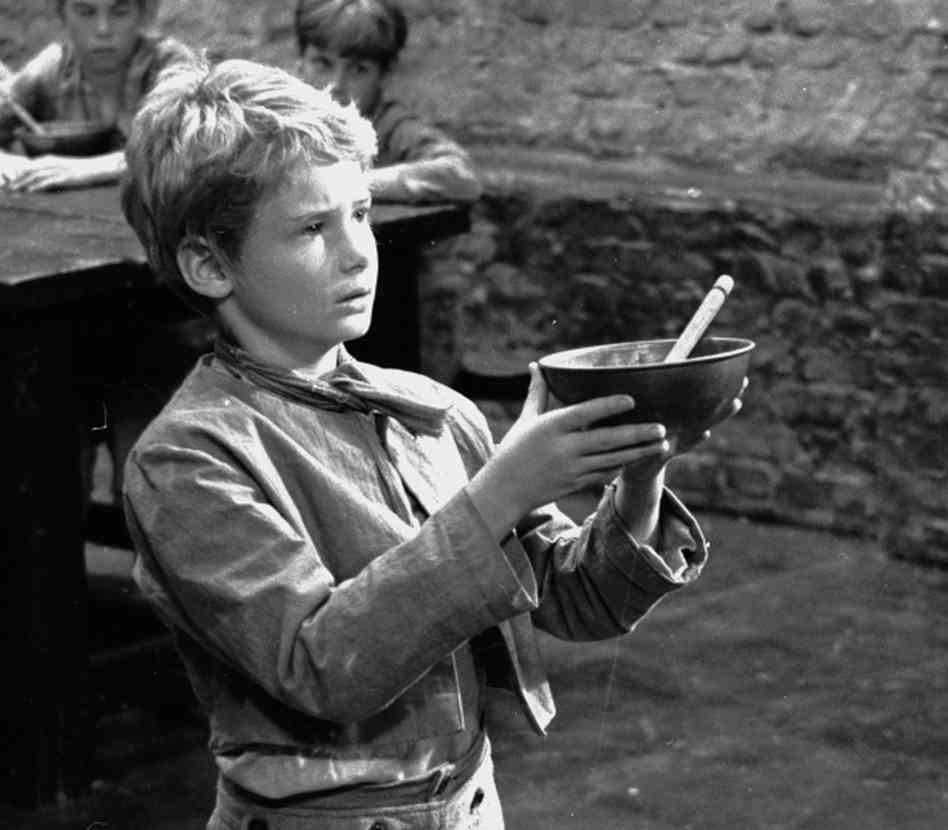



We see Dickens as he rises from debt and insecurity in a time when children crawled through reeking sewers to scavenge bits of glass and bone while “resurrection-men” dug up graves and sold the dead. Here we have the young journalist who wrote by guttering candles in cramped rooms. The man in his time is what Peter Ackroyd so capably shows us in this huge new biography. The age in part created Charles Dickens, and he in part created his age. His angers were both selfish and generous, and they focused his art not only on his own childhood fears but on the immense wrongs of his day. No matter his considerable wealth and vast fame, he fretted about money and always complained of “a vague unhappy loss or want of something” that he couldn’t name or fulfill. In “Oliver Twist” or “A Tale of Two Cities,” in “David Copperfield” or “Little Dorrit,” he wrote of the nightmare world of children. He roamed a dark, sinister London alone, and he later wrote of those days: “It is wonderful to me how I could have been so easily cast away at such an age.” Wherever his holidays, romances, research trips or celebrated public readings were to take him, he would return in memory and metaphor to a terrifying city and a small child crushed by menace, abandonment and helplessness. He worked in a shoe-blacking factory among rough boys and lived on his own in a small room. His feckless parents struggled to cling to the middle class, and as a boy Charles Dickens helped pawn their books and furniture while the large family moved from house to house, from Kent to Camden Town to London, and from respectability to the Marshalsea debtors’ prison, where in 1824 for three months all but one of them lived.Ĭharles Dickens, barely 13, was locked out.


 0 kommentar(er)
0 kommentar(er)
